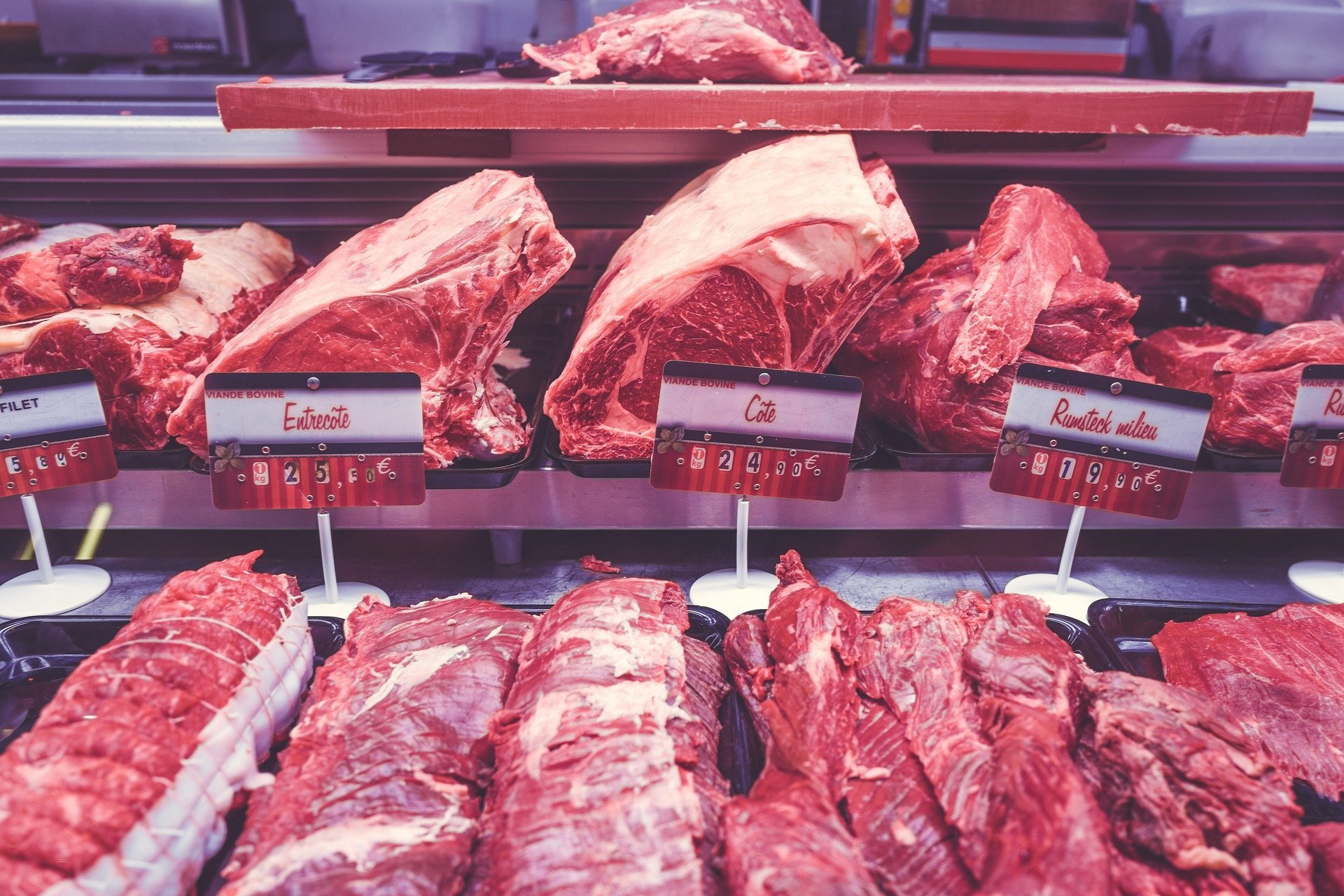Funding Sources: National Cattlemen’s Beef Association.
I’m sure the study was completely unbiased and trustworthy.
I look forward to the rational dispassionate discussion of the paper in the comments.
This article is [Opinion], based on unpublished [Epidemiology]
Source Publication - https://doi.org/10.1016/j.cdnut.2025.106040
abstract
Objectives: Nutritionally balanced diets that are abundant in essential nutrients are consistently linked to better mental health. Red meat is a nutrient-dense source of protein, iron, zinc, and vit-B12; however, its associations with cardiovascular disease and cancer have contributed to negative public perceptions. Therefore, this study aimed to evaluate whether red meat could be integrated into a high healthy-eating-index(HEI, >80 scores) diet to improve nutrient adequacy without impacting diet quality, mental health, or microbiota composition.
Methods: This secondary analysis utilized data from the American Gut Project. Microbiota sequences were extracted and analyzed with QIIME2 on the high-performance computational cluster at South Dakota State University for taxonomic classification, diversity analysis, and microbiota community comparisons. A total of 4,915 adults were then stratified into four groups based on HEI scores and red meat consumption: high-HEI with red meat (HH-R), high-HEI without red meat (HH-NR), low-HEI with red meat (LH-R), and low-HEI without red meat (LH-NR).
Results: Participants consuming high-HEI diets maintained healthy BMI values, regardless of red meat intake. Protein intake was significantly higher among individuals consuming red meat (77.58±26.84g in HH-R and 80.74±35.8g in LH-R) compared to individuals not consuming red meat (67.35±26.85g in HH-NR and 62.99±29.56g in LH-NR, p< 0.001), while carbohydrate intake was lower in red meat groups. Total fat and saturated fat intake in the HH-R was within recommended limits. The inclusion of red meat also improved micronutrient adequacy, with the red meat group showing higher selenium, vit-B12, zinc, calcium, vit-D3, and choline. Higher HEI scores, irrespective of red meat consumption showed lower odds of depression (log odds= -2.22), PTSD (log odds= -3.80), and bipolar disorder (log odds= -5.903). With gut microbiota, OTU richness and Shannon diversity, were highest in the HH-R and lowest in the LH-NR. B. caccae (FDR= 0.003) and C. hathewayi (FDR< 0.001) was higher in HH-R, while B. adolescentis and B. eggerthii was higher in HH-NR (FDR< 0.001).
Conclusions: The inclusion of red meat in a high-HEI diet is associated with improved nutrient adequacy, mental health, and gut microbial diversity, with no observed adverse effects.
Funding Sources: National Cattlemen’s Beef Association.
This fits into my current bias that red meat is not a problem, that carbohydrates and processed oils are problems associated with red meat consumption, this paper is accounting for that with the HEI (healthy eating index).
The full paper is not available… yet, so nothing really to analyze. Articles like this really shouldn’t exist in the news… at least the author needs to read the real publication and not a abstract which is just opinion.
There have been a few studies looking specifically into this type of thing. The problem is that consumption of red meat tends to be correlated with poor diet, e.g., people who eat a lot of fast food end up eating a lot of meat, and very little fiber, lots of saturated fat, etc.
I remember hearing of a study that split people into tertiles of low, medium, high meat consumption and low, medium, high vegetable consumption, and the conclusion was that in people who consume a lot of veggies (who generally have a good diet) do not experience any negative effects of high meat consumption. I can’t find the exact study, but I did find a study that seems similar (looks at meat consumption while controlling for diet quality using the HEI), and the one I’m thinking of is probably from the same lab.
The trouble with NHANES is its observational epidemiology, we can find both positive and negative correlations with red meat i…e [Paper] Grilling the data: application of specification curve analysis to red meat and all-cause mortality
If we control people for the Standard American Diet (no sugar, no processed oils, no processed food) - they will do well regardless of the specific intervention. I have epidemiology that shows people do meat on higher red meat consumption… but it has the same problems.
I have strong opinions on Standards for Nutritional Evidence
There are populations where consumption of red meat isn’t necessarily correlated with a unhealthy diet like hong kong, and the Mediterranean (yes, many people in the Mediterranean actually eat red meat).

